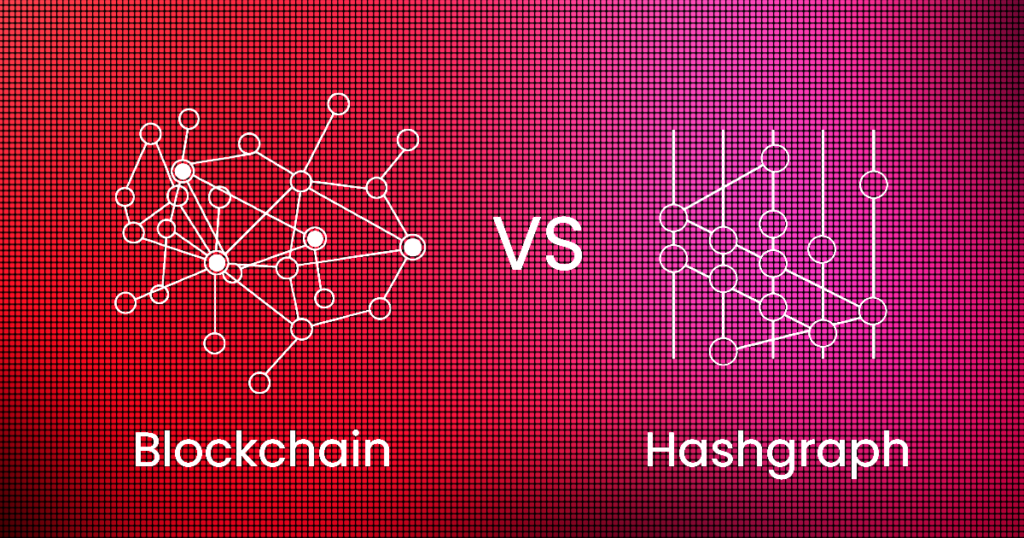
In 2021, the sale of NFTs spiked 21,000%. That comes out to $17 billion dollars of business generated by the digital assets. While that number is huge, it isn’t a surprise considering multiple industries have adopted NFTs. From sports and gaming to film and theatre, NFTs are more ubiquitous as industries discover the usefulness of this new technology.
But as a wise man once said, “More money, more problems.” As NFTs flood marketplaces, as well as the public’s consciousness, there have been growing pains. One of the biggest issues brought up in any discussion about NFTs (and the inextricably linked crypto) is their impact on the environment.

So how do NFTs impact the environment? And is there such a thing as a green NFT?
Not All That Glitters Is Green
Cryptocurrency and NFTs go hand in hand. After all, NFTs are essentially unique crypto tokens. The ownership and transaction history of the token is logged on a digital ledger system. The difference between crypto and NFTs is that NFTs are unique (aka, non-fungible).
When it comes to crypto, there are two coins that can claim household name status. Stop someone on the street and ask them to name a cryptocurrency. Bitcoin and Ethereum are the two you’ll hear most. It also turns out that both have the worst impact on the environment.
Take Bitcoin for instance. Roughly 37 kilotons of electronic waste are produced annually due to Bitcoin mining. And while there’s no established way to measure Bitcoin’s energy consumption, the Cambridge Bitcoin Electricity Consumption Index estimates that Bitcoin uses around 140 Terawatt-hours of electricity every year. More energy than what the Netherlands, Argentina, or the UAE use.

Yes. Bitcoin mining uses up more energy yearly than entire countries do. But how is all that energy being used?
Both Bitcoin and Ethereum are “proof-of-work” coins. Because of the decentralized nature of blockchain, the digital-ledger system on which both cryptos run, there needs to be some sort of security system that isn’t centralized. That’s where mining comes into play. To keep the system secure, people solve complex mathematical problems. These puzzles, once solved, create a new block on the blockchain (yes, that’s why it’s called that). In exchange for creating the new blocks, miners are given new tokens or coins.
The price of Bitcoin, which at the time of this writing is $40,459.60, makes mining extremely lucrative. But, it’s only lucrative if you can mine enough coins. And the way to do that, and “out mine” the competition is by using computers that use up a ton of energy.
Work Or Stake?
Blockchain is the most well-known digital ledger system and is what a lot of cryptos and NFTs use to mint. But it is not the only DLS in existence. There are other forms of digital ledgers that are much more efficient.
Hedera Hashgraph is one example of a different type of digital ledger system. While not the household name that blockchain has become, hashgraph is much more efficient than blockchain, and a possible solution to the biggest criticism crypto and NFT proponents face. The environmental impact.
Blockchain uses proof-of-work to create new blocks on the chain. Hashgraph uses something called proof-of-stake to create new hashes. Because proof-of-stake relies on the pre-existing community of nodes to agree on the next hash, eliminating the need for mining, thus removing any sort of incentive to build out an energy-draining mining operation.

Another inefficiency solved by hashgraph is the waste problem. Yes, unfortunately, even in the digital realm, there is a waste. With blockchain, if a new block arrives too fast, it fails to be added to the chain. All that work is out the window. All that energy ends up being used for nothing. There is no such problem with hashgraph, which can take on more tps (transactions per second) than blockchain. In fact, hashgraph can process roughly 10,000 tps to blockchain’s 5.
Known Problems, Unexpected Solutions
While the environmental impact of blockchain is well-known, many people don’t actually know why it is so harmful. And there is a sizable majority who blame crypto and NFTs in general for the negative impact on our planet.
Many people are quick to take to Twitter and Tik Tok to tear down crypto and NFT projects by pointing out their environmental impact. While the intentions may be good, blaming crypto and NFTs as a whole for the environmental impact of a specific digital ledger system is misguided.
But the responsibility here does not fall on the general public.
Education Matters
Education should be an extremely important pursuit for any NFT marketplace, crypto enthusiast, or advocate of decentralized banking. The fact of the matter is this. If you believe that NFTs, crypto, and decentralized banking are the future, it lies on you to prove how that future can work for everybody.
The main takeaway here is that people are not required to know about blockchain, so it is not their fault if they misguidedly criticize a marketplace that uses hashgraph for using blockchain. Educating those people who don’t know anything about the difference between blockchain and hashgraph is extremely important to the future of decentralized ledger systems in general.
Education can take the form of blog posts like this one (not trying to toot our own horn). It can also take place in everyday conversations. Obviously don’t be “that person” who is constantly bringing up crypto. But if it does come up, gently explain to people that there are differences between decentralized ledgers, in the same way, that there are differences between electric and gas cars.
Responsibility Is Key
Another very important step that decentralized ledger system advocates need to take in order to solve the issue of environmental sustainability is to use green solutions. This means, that when minting or building out a platform, NFT artists and proponents need to take advantage of technologies in existence.
And while artists must seek out marketplaces that use green tech to mint NFTs, the more important point is that people founding and running marketplaces need to go green.
It’s been passed around the internet for years that 71% of all carbon emissions are produced by 100 companies. We do not want the same thing to happen in the NFT and crypto communities. The best part about crypto and NFTs being so new is that founders can decide the future of the industry now.
For NFT marketplaces, this means choosing an environmentally friendly partner to mint on. Third Act, for instance, mints all NFTs on Hedera Hashgraph. HBAR, the cryptocurrency associated with Hedera, has been named one of the 28 most sustainable cryptocurrencies by LeafScore.

A Better Future Together
Crypto and NFTs are here to stay. But in order to go forward into a sustainable future, it is up to the advocates of these technologies to choose responsible paths forward. Marketplaces and founders need to be aware of not only what technology they use, but how they are engaging with and educating their users, but more importantly, their critics.

